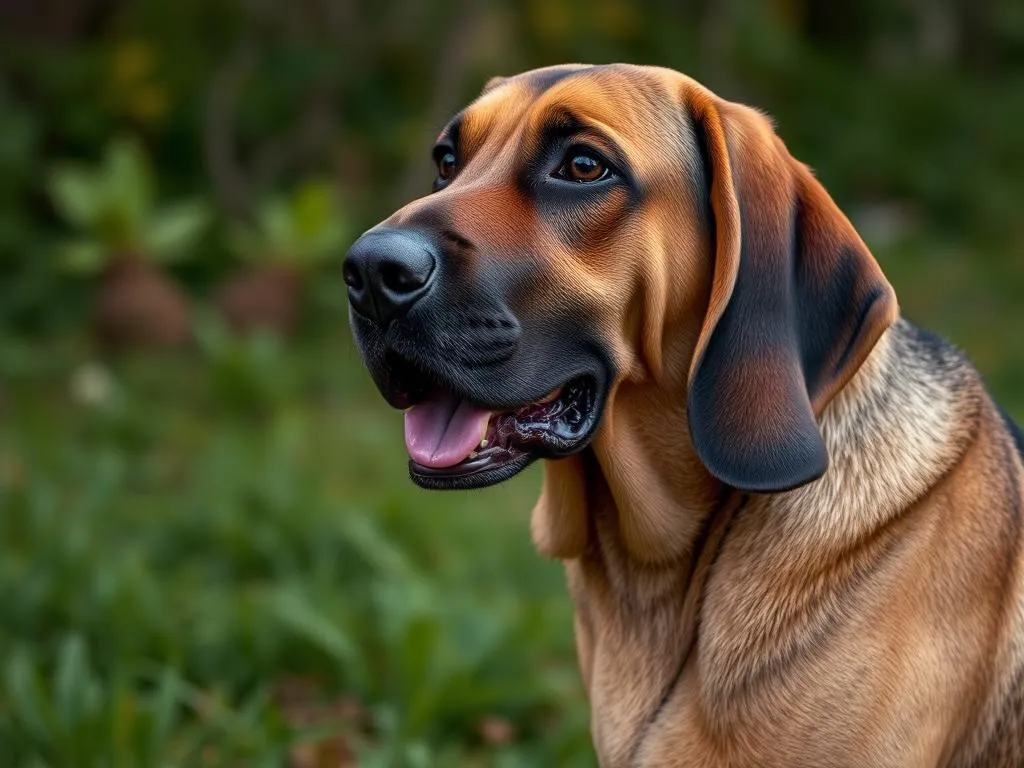
Bloodhounds are a fascinating breed with a rich history and unique traits that set them apart from other dogs. Originally bred for tracking, their keen sense of smell and distinctive appearance make them both impressive and lovable companions. However, potential owners often wonder about a practical aspect of caring for these dogs: how much does a bloodhound shed? Understanding shedding is crucial for anyone considering bringing a Bloodhound into their home, as it can significantly impact daily life.
Understanding Shedding in Dogs
What is Shedding?
Shedding refers to the natural process of hair loss in dogs. It is a completely normal occurrence that helps dogs maintain their coat. Dogs shed for various reasons, including seasonal changes, age, and overall health. While every breed has its shedding patterns, understanding what shedding means is essential for prospective dog owners.
Factors Influencing Shedding
Several factors influence the amount and frequency of shedding in dogs:
- Breed Characteristics: Different breeds have unique coat types that determine their shedding levels. Some breeds, like the Bloodhound, have specific shedding patterns based on their coat type.
- Seasonal Changes: Many dogs shed more during the spring and fall as they transition between winter and summer coats. This seasonal shedding can vary from one breed to another.
- Health Factors and Diet: A dog’s overall health and diet play a significant role in shedding. Poor nutrition or underlying health issues can lead to excessive shedding.
Shedding Patterns of Bloodhounds
Overview of Bloodhound Coat Type
Bloodhounds have a unique coat that contributes to their shedding behavior. Their coat is short, smooth, and dense, which provides protection while allowing for a certain level of airflow. The colors can vary from black and tan to liver and tan, with some variations in shades. This type of coat is designed for outdoor activities, which also means it can shed more than some other breeds.
Shedding Frequency
Bloodhounds typically experience seasonal shedding cycles. During the spring, they may shed their heavier winter coat, while in the fall, they may shed again as they prepare for cooler weather. On average, Bloodhounds shed moderately throughout the year, but expect increased shedding during these transitional seasons.
Comparison with Other Breeds
When comparing how much a Bloodhound sheds to other breeds, they fall somewhere in the middle. Low-shedding breeds, like the Poodle, require much less maintenance in terms of fur cleanup, while high-shedding breeds, such as the Siberian Husky, may leave piles of fur throughout the home. Bloodhounds, being moderate shedders, will require regular grooming but won’t necessarily overwhelm you with fur.
Managing Bloodhound Shedding
Grooming Techniques
Proper grooming is essential for managing shedding in Bloodhounds. Here are some recommended grooming tools:
- Brushes: A rubber curry brush or a bristle brush can help collect loose hair.
- Combs: A wide-toothed comb is useful for detangling and smoothing out the coat.
- Deshedding Tools: Tools like the FURminator can be particularly effective at reducing shedding.
In terms of frequency, aim for grooming your Bloodhound at least once a week. During peak shedding seasons, you may need to increase this to two or three times a week for optimal results.
Bathing and Maintenance
Regular bathing is also vital in managing shedding. Bathing removes loose hair and dirt, keeping your Bloodhound’s coat healthy. Use a mild, dog-specific shampoo to avoid irritating their skin. Aim to bathe your Bloodhound every 4-6 weeks, but adjust based on their activity level and coat condition.
Diet and Health Considerations
Nutrition plays a crucial role in coat health. A well-balanced diet rich in omega fatty acids can improve skin and coat quality, potentially reducing shedding. Consider incorporating supplements, such as fish oil, which may help enhance coat health and reduce shedding.
Living with a Shedding Bloodhound
Preparing Your Home
Preparing your home for a shedding Bloodhound can make a significant difference in your daily life. Here are some tips to reduce fur in your living space:
- Furniture Covers: Use washable covers on furniture to catch loose hair before it settles into upholstery.
- Vacuuming: Invest in a good vacuum cleaner designed for pet hair. Regular vacuuming will help manage the amount of hair in your home.
- Air Purifiers: Consider using HEPA air purifiers to capture airborne pet dander and hair, improving overall air quality.
Clothing and Allergies
If you or someone in your household has allergies, consider the following when living with a Bloodhound:
- Choose pet-friendly fabrics for clothing and furniture, which can help minimize the collection of pet hair.
- Regular grooming and bathing can also reduce allergens in the home, making it more comfortable for allergy sufferers.
Behavioral Aspects
Understanding the Bloodhound’s temperament can help manage their shedding. Bloodhounds are known for their friendly and gentle nature, making them great family pets. However, they can be prone to stubbornness, which means consistent training is essential. Positive reinforcement can help in managing not just their behavior but also their shedding habits.
Frequently Asked Questions (FAQs)
Do Bloodhounds shed year-round?
Yes, Bloodhounds shed year-round, but they experience heavier shedding during seasonal changes, particularly in spring and fall.
How often should I groom my Bloodhound?
Aim to groom your Bloodhound at least once a week. During heavy shedding seasons, increase grooming sessions to two or three times a week.
Are there specific seasons when shedding is heavier?
Yes, Bloodhounds tend to shed more heavily in the spring and fall as they transition between their winter and summer coats.
What are the best tools for managing shedding?
Recommended tools include rubber curry brushes, bristle brushes, wide-toothed combs, and deshedding tools like the FURminator.
Can diet influence the amount a Bloodhound sheds?
Absolutely! A balanced diet rich in omega fatty acids can improve coat health and potentially reduce shedding. Supplements such as fish oil may also be beneficial.
Conclusion
In summary, Bloodhounds shed moderately throughout the year, with increased shedding during seasonal changes. Understanding their shedding patterns and implementing effective grooming, bathing, and dietary strategies can make living with a shedding Bloodhound manageable. While they may require some lifestyle adjustments, the love and companionship of a Bloodhound make it all worthwhile. If you’re considering bringing a Bloodhound into your home, be prepared for a furry friend and all that comes with them.









